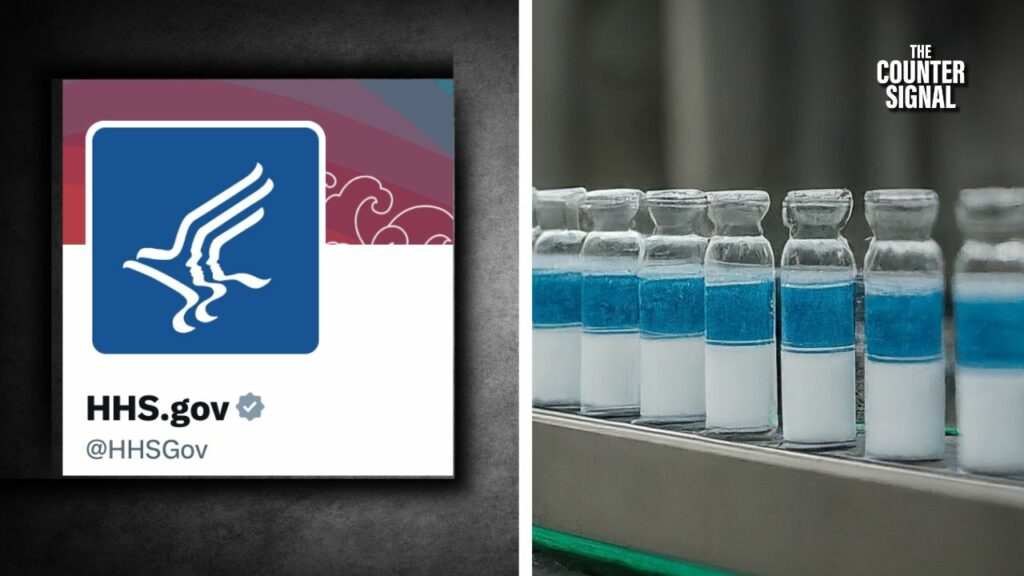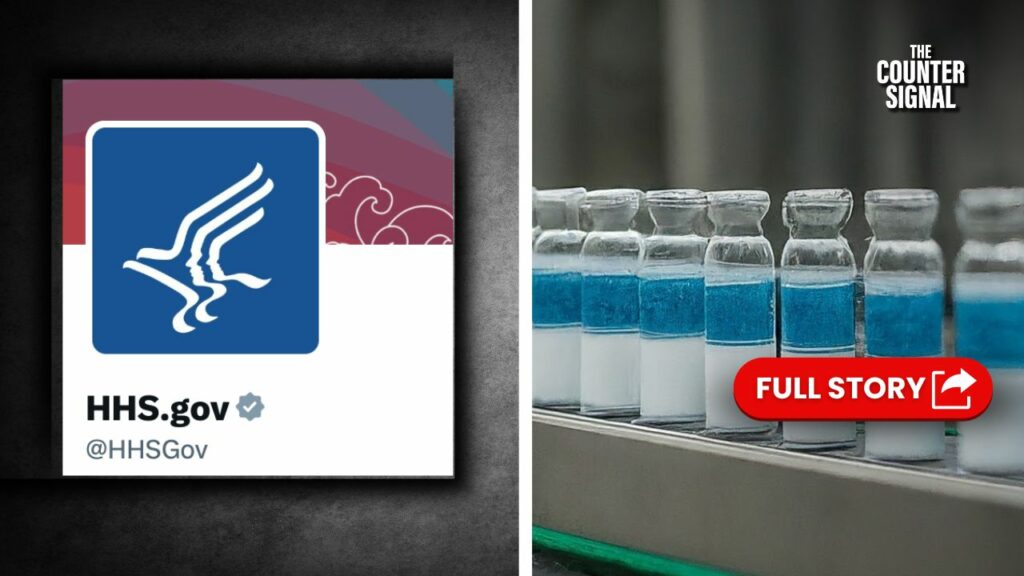The US Department of Health and Human Services (HHS) is moving forward with its decision to produce 4.8 million H5N1 avian flu vaccines.

HHS Assistant Secretary Dawn O’Connell recently said that health officials found a manufacturing line at one of its partners that can mass produce the H5N1 vaccines without disrupting the production of seasonal flu shots.
She added that while it may take time, the shots should be ready in a few months—just in time for the 2024 presidential election.
Like clockwork, the CDC has also issued statements that while the spread of H5N1 to humans is still rare, it is monitoring the situation and is now recommending that local governments across America do the same, setting a precedent for dusting off the surveillance state created during the COVID lockdowns.
CDC Principal Deputy Director Nirav Shah also stated that the CDC is “in rich discussions across federal agencies” on how to tackle H5N1, which, so far, has not been declared a pandemic.
Health officials seeking mRNA solution to H5N1
Much like with COVID, O’Connell says federal health officials are also looking to Big Pharma companies like Pfizer and Moderna for mRNA solutions—despite the widely known and widespread health issues brought on by their use during the COVID pandemic.
Meanwhile, researchers at the Penn State College of Medicine have already developed an experimental mRNA vaccine for H5N1 avian flu.
According to Professor Scott Hensley, “The mRNA technology allows us to be much more agile in developing vaccines; we can start creating a mRNA vaccine within hours of sequencing a new viral strain with pandemic potential.”
He adds that “COVID-19 showed us the power of mRNA-based vaccines as [a] tool to protect humans from emerging viruses quickly, and we are better prepared now to respond to a variety of viruses with pandemic potential, including influenza.”









